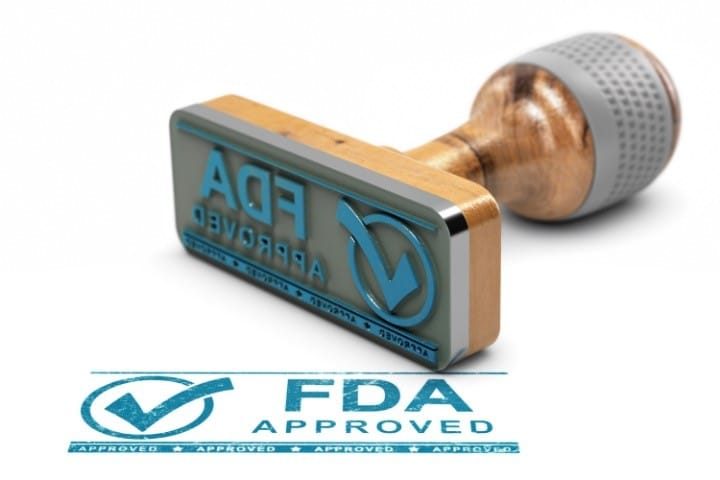
On January 31, the U.S. Food and Drug Administration (FDA), without convening its expert vaccine advisory panel, gave full approval to a Moderna COVID shot that will be marketed as Spikevax and used in people 18 and older. While the agency claims that the jab “meets the FDA’s rigorous standards for safety, effectiveness and manufacturing quality,” federal regulators removed the key documents that they used to reach that conclusion.
According to The Epoch Times, the FDA document “Summary Basis for Regulatory Action,” which “explain[s] why the agency approved Moderna’s COVID-19 vaccine,” was “removed from the agency’s website overnight.”
Among other important metrics, that document included references to an unpublished analysis that found that the rates of post-vaccination heart inflammation “were higher than any U.S. agency had found before,” per the outlet.
The Epoch Times said that once their team reviewed the document they reached out to the FDA with questions, but found that the summary was nowhere to be found on the FDA website. FDA representatives emailed the outlet saying they were aware of the issue and would try to repost the summary as soon as possible. The agency implied that the document disappeared because of technical problems with its website.
Barbara Loe Fisher, president of the National Vaccine Information Center, a nonprofit organization that advocates for informed consent, told the outlet that the agency must make public the crucial information on the shot’s safety and efficacy.
She said,
Lack of transparency only fosters distrust in government agencies charged with protecting public health. FDA should immediately release all information related to the incidence of myocarditis and other serious adverse events following mRNA COVID-19 vaccinations, whether that information has been provided to the agency by vaccine manufacturers or discovered through in-house analyses of additional data collected by federal officials.
The Epoch Times noted that the meta-analysis, now scrapped from the FDA’s website, examined data from four health-care claims databases and estimated that, among males aged 18 to 25, the rate of myocarditis following Moderna’s primary series was 148 per million males vaccinated.
How bad is that?
Well, the Centers for Disease Control and Prevention’s (CDC) baseline for myocarditis in males aged 18 to 25 is one to 8 cases per year. There are some 30.8 million Americans of both sexes in that age group, so the number of males would be roughly 15.4 million. Using the FDA’s estimate above of 148 per million, if every young man in the age group receives the Moderna shots, 2,280 will likely develop myocarditis.
Notably, young females also increasingly developed myocarditis following mRNA vaccinations, as did men in older age groups, as shown in the CDC chart.
Myocarditis, or inflammation of the heart muscle, is not a mild and easily treated condition, as the CDC tries to paint it. Myocarditis can cause blood clots to form because of the inflamed heart’s inability to pump out blood properly, leading to serious health complications such as heart attack, heart failure, sudden cardiac arrest, and stroke.
Moreover, according to Dr. Lee Merritt, myocarditis has a mortality rate of 66 percent in a five-year span. In other words, two-thirds of those young people who come down with vaccine-induced myocarditis will probably be dead within five years.
The heart issues occurring in young men after vaccination with Moderna’s Spikevax are so off the charts that the Nordic countries have suspended the use of that brand altogether.
Researchers in the United Kingdom found that men under 40 were much more likely to suffer from heart inflammation after Moderna’s second shot than from COVID itself. Women under 40 were also at risk, but to a lesser extent.
The CDC’s Advisory Committee on Immunization Practices is scheduled to meet on Friday to review data on Spikevax.
Currently, the CDC recommends adults who have been inoculated with Moderna to come back for an additional dose at least five months after completing their initial series, and recommends those who developed myocarditis or pericarditis after their first dose to wait until the symptoms resolve and then proceed to get a second dose.
The U.S. Vaccine Adverse Event Reporting System contains nearly 30,000 cases of myocarditis/pericarditis associated with COVID vaccines.
Steve Kirsch, founder and executive director of the Vaccine Safety Research Foundation, highlighted some of the other issues associated with Moderna shots. In a speech prepared for the CDC’s vaccine advisory committee, Kirsch pointed to the high rates of pulmonary embolism linked to the Moderna shot. He wrote, “We are seeing 415 times more events [of pulmonary embolism] than a normal year. If it wasn’t the vaccine that caused these events, then what did? The CDC cannot find this safety signal which is life threatening.”
Kirsch also compiled a chart of the top 37 symptoms most elevated when compared to baseline. The chart includes a number of various heart and blood issues, as well as menstrual and neurological disorders.
“If this isn’t a safety signal, I don’t know what is,” Kirsch lamented. He also predicted the committee would unanimously approve the shot despite the damning evidence of its dangers.





